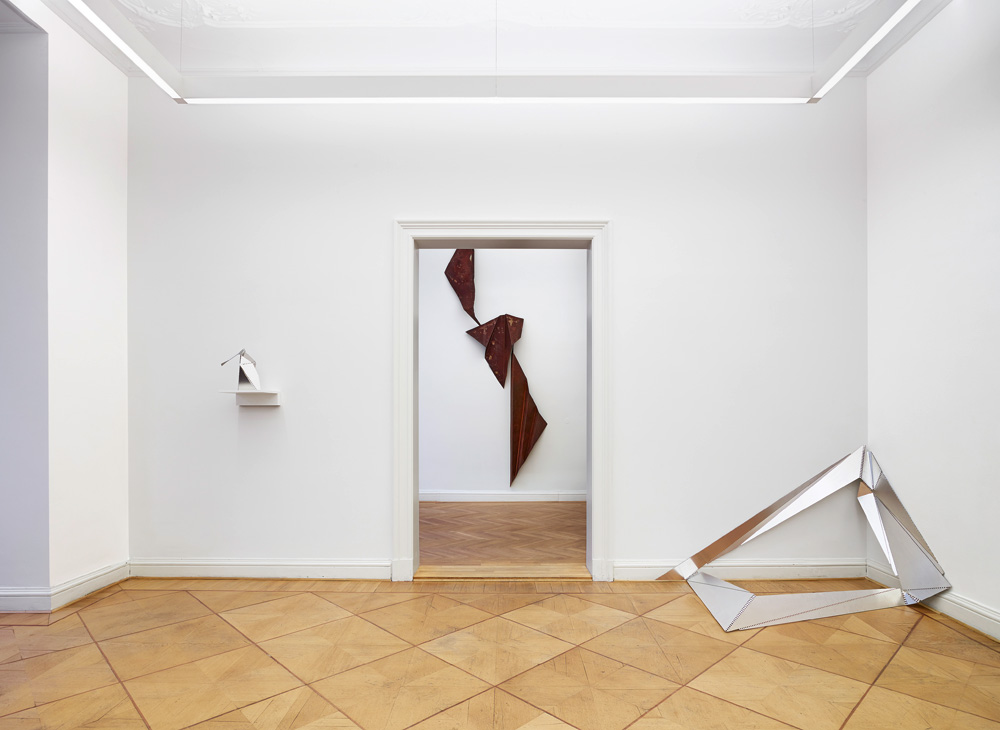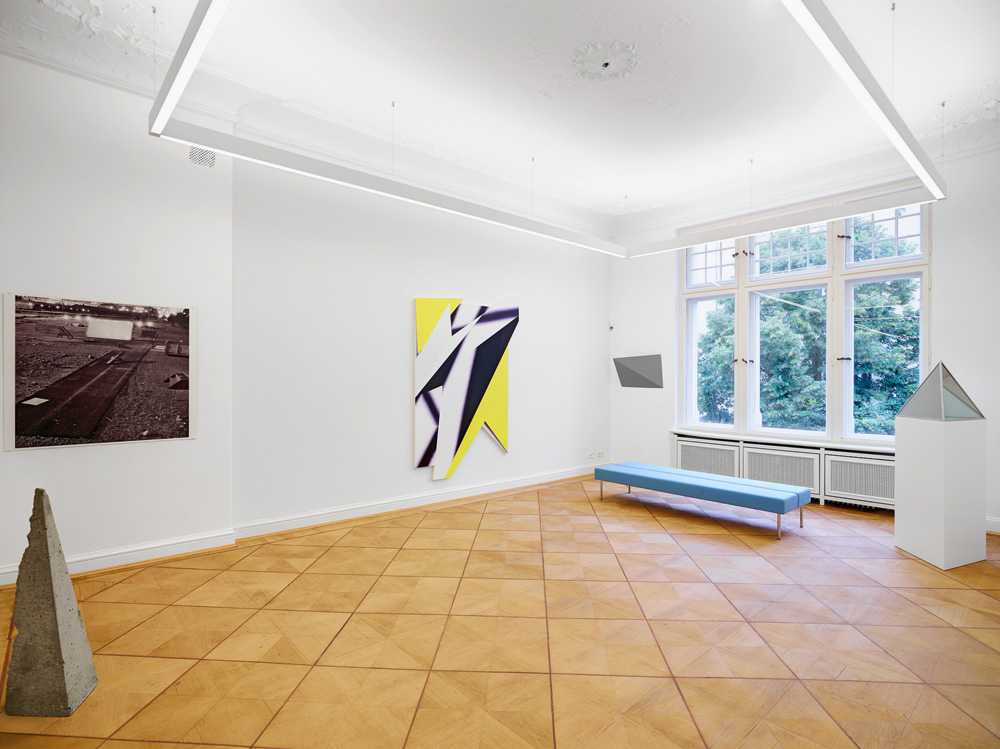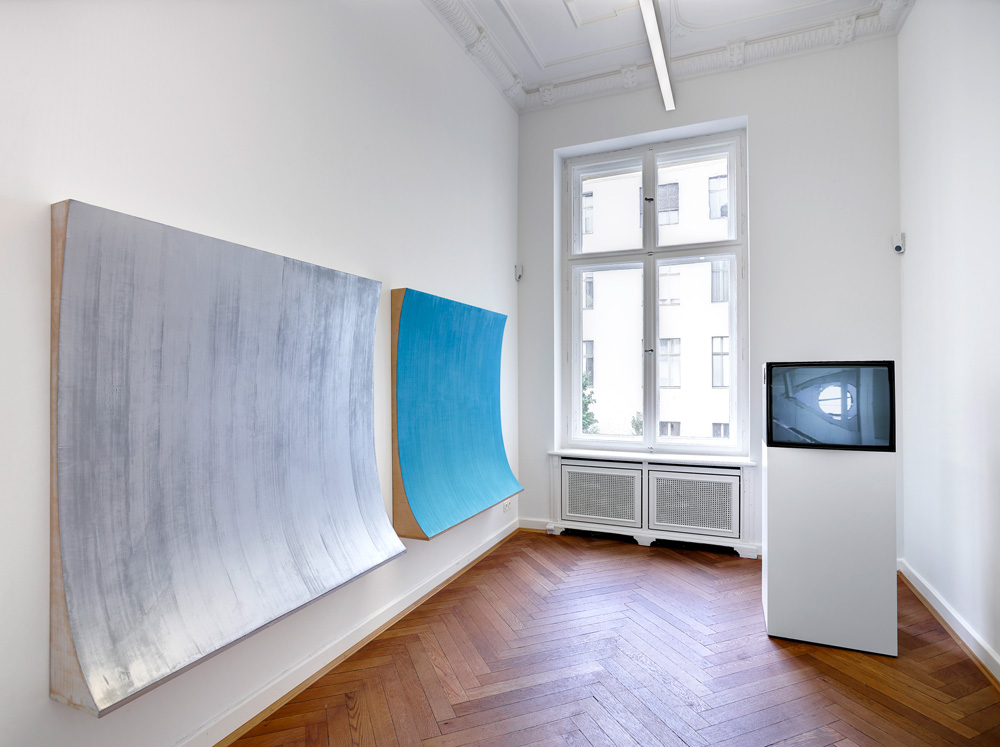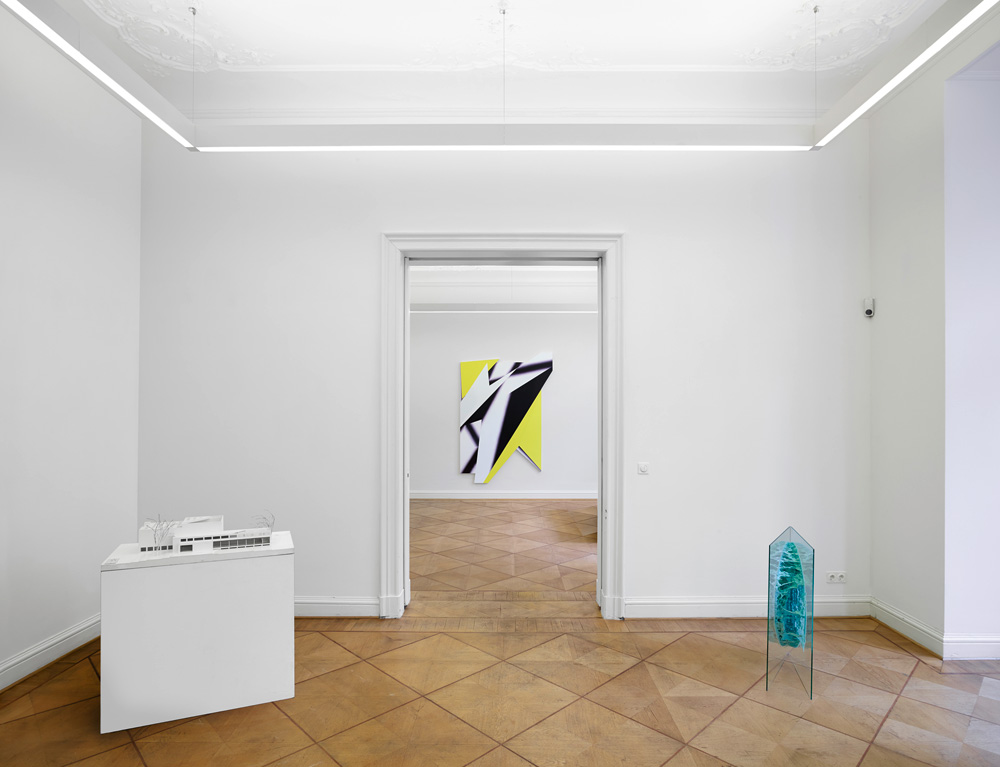Gordon Matta-Clark and Beyond Space Interventions
13.06. – 23.08.2014
curated by Heike Fuhlbrügge
Artists: Gordon Matta-Clark (USA), Alvar Aalto (FI), Thomas Scheibitz (GER), Katja Strunz (GER), Jussi Niva (FI), Dan Graham (USA), Sarah Oppenheimer (USA), Jeroen Jacobs (NL), Charlotte Posenenske (GER), Vera Kox (L) und Wolfgang Tillmans (GER)
A quasi defined space such as the classic Salon provides a foundation with which to think about space as a social platform. Which transformations pass through the notions of spaces? The broad term, spatial turn offers a fathomable answer. Since the late 1980’s, space has been understood as a cultural dimension, long after Michel Foucault analyzed this theme in his text, “Of Other Spaces”. This turning point is defined by a shift in which time is no longer considered to be solely at the heart of cultural studies and artistic research, but that interest is also steered towards space and its social dimension.
Which ideas in contemporary art can be found to this end? Which media lend themselves to the discussion surrounding space? How radical is their implementation?
Far and beyond the artists of his time, the American Gordon Matta-Clark (1943-1978) articulated the boundaries between art, spatial sculpture and architecture. His interventions in buildings, video and film, as well as his work with language, have had a lasting effect on spatial perception, architecture, art and social platforms today.
Thought of as a point of departure for a dialog, the film recordings in the video “Office Baroque” (1977) by Matta-Clark, show how he uncovers the structure of a house and how he transforms architecture into sculpture through performative action. As Dan Graham (b. 1942), represented here with the work, “Pyramid” (1999) later did, he turned against the charged notion of utopian modernity running empty. The idea was, “to lead buildings back to their original state, to expose the house’s soul”. Using reflections and so-called cuttings, Graham and Matta-Clark wanted to simultaneously open and close spaces, and thus remove the boundaries between private and public space. The Finnish architect Alvar Aalto (1898-1976), who was a professor of architecture at the Massachusetts Institute of Technology in Cambridge, was a role model, among others.
The library designed by Aalto in Vyborg (1927-1933) is considered one of his major works. A model of the library is on view in this exhibition thanks to a generous loan by the Alvar Aalto Museum in Jyväskylä. Departing from Neoclassicism and Rationalism, Aalto developed a distinctive personal style, merging functional and expressive moments, thereby consistently placing the human and his needs at the center.
A selection of works by international artists show how radical ideas about space are transformed using media such as photography, painting, and sculpture. In his large, non-representational series, such as “Lighter”, 2006-2008, Wolfgang Tillmans (b. 1966) exposed different colored photo papers, and practically turned them into sculptures through wrinkling and folding them. The works “Lighter 69” (2008) and “Lighter 74” (2008) are striking examples of that. Katja Strunz (b. 1970) also folds material to form space. She sees her works “Zitelose” (2005), “Viel Raum, wenig Zeit” (Much Space, Little Time) (2013), as well as her collages from 2014, as compressions and fractures. Sarah Oppenheimer (b. 1972), in turn, discusses through her work “holes / openings”, vantage points and specified habits predetermined by architecture. Jeroen Jacobs’ (b. 1968) concrete works reveal interspaces. Vera Koxs’ (b. 1984) object “Knätsch” (2014) refers to the agency of space. The five part piece “John Dodona Rocket II” (2010) by Thomas Scheibitz (b. 1968) moves on the boundary between painting, sculpture and architecture.
Understood as a frieze, the painting is stretched over the doorway. The painting extends Scheibitz’s sculptural and architectural approach and vice versa. He works with an archive, built over years, of visual material he has photographed but also found in various media such as magazines, comic strips or film, or extracted from from fields such as architecture and design, as well as science and pop culture. Using this pool of images he creates a system of geometric and organic doubles and forms of thought by breaking down and analyzing; a reflection of current visual culture.
The German artist Charlotte Posenenske (1930-1985) worked in complete detachment and against any division of the arts. She understood the “folding”, seen here in an authorized reconstruction from 1967, as a hybrid between the image plane and object. Confronting the creation of space, the Finnish artist Jussi Niva (b. 1966), in turn, breaks down the space of the image in his oil paintings such as “Foldaway” (2014). His study of spatial elements, always moving his work to the threshold to sculpture are shown in examples of his earlier works, “Measurement of Space (Stage)” (1991) and, “Exposé # 13 & # 14” (1996).
July 16th 2014, 7pm
Lecture: Marc Glöde on Gordon Matta-Clark
Opening: Friday, June 13th 2014, 8-10 pm
The exhibition will be open until the 23rd of August 2014,
every Saturday from 11 am – 4 pm and by appointment.






